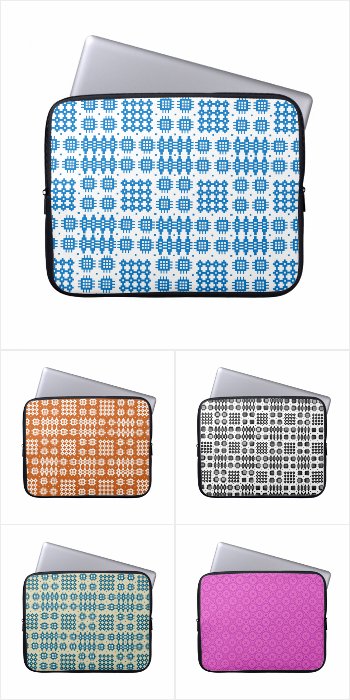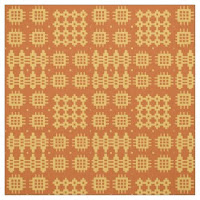Anyone visiting Wales
can hardly avoid noticing that there are a lot of sheep - about four
sheep for every person living in Wales!
And where there are
sheep, there's a woollen industry.
Today, most Welsh wool
is used in the carpet industry but in earlier centuries, almost every
cottage had a loom for weaving blankets and clothing, often
in the traditional Welsh Tapestry patterns. And some of the original
Welsh Woollen Mills survive today, some as museums, others as working
mills using patterns found in the Public Records Office and dating
back to the 1700s.
In earlier times, Welsh
Tapestry blankets were given as wedding gifts and dowries and were
kept as family heirlooms. More recently a Welsh Tapestry blanket was
presented to President Obama when he visited Wales.
Everyone knows about
Scottish tartans but Welsh Tapestry is less well-known, despite its
long history and its 'revivals' at various times since the 1960s.
Blankets and other textile gifts with these patterns, such as
cushions and coats, are as likely to be found in Welsh Craft and Gift
Shops as wooden 'Love Spoons' and Little Welsh Red Dragons.
But Welsh Tapestry
blankets are expensive. Of course, they are not really 'tapestries'
but a unique type of 'double-weave' cloth, sometimes known as
double-cloth, and the weaving process involves, as the name implies,
a complicated interlocking of two layers of cloth. So, while they are
warm and hard-wearing as well as attractive, they are not cheap to
produce.
As someone who lives in
Wales and who is also addicted to pattern-making - and especially
drawn to those with some kind of traditional or ethnic origin - it
was only a matter of time before I turned my attention to Welsh
Tapestry patterns.
And I have chosen a few of them to use as patterns
on non-textile gifts, such as coffee mugs and serving trays as well
as cases and sleeves to protect your electronic devices!
Here are some of them -
Click on the image below to see the full collection -
Click on the image below to see the full collection -

Welsh Tapestry Sleeves
Fabrics in 'faux' Welsh Tapestry, in seven types, suitable for anything from crafts and dressmaking to home furnishings are also available in my
Posh'n'Painterly Cymru store.
Here are just a few of them -
And if you'd like a 'Welsh Tapestry' fabric or gift in a different colour combination, just contact me through my Posh'n'Painterly Cymru store
and I will quickly create it for you at no extra cost.
PS If you are interested in learning more about Welsh Tapestry,
a website to get you started -


















